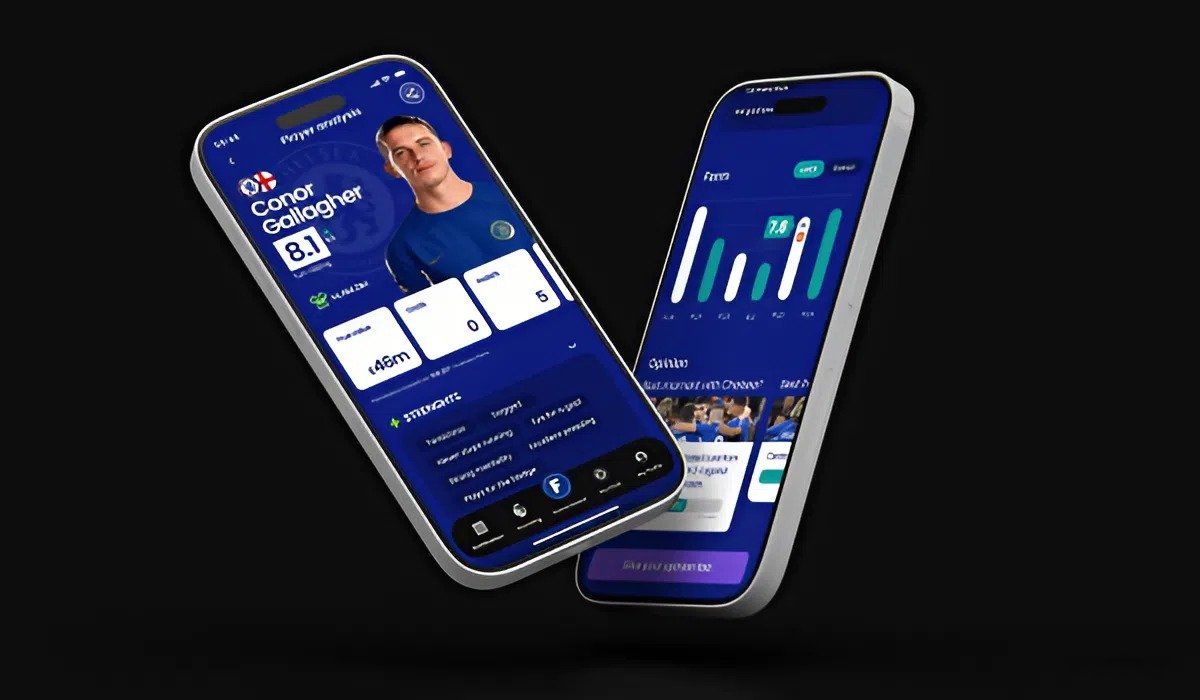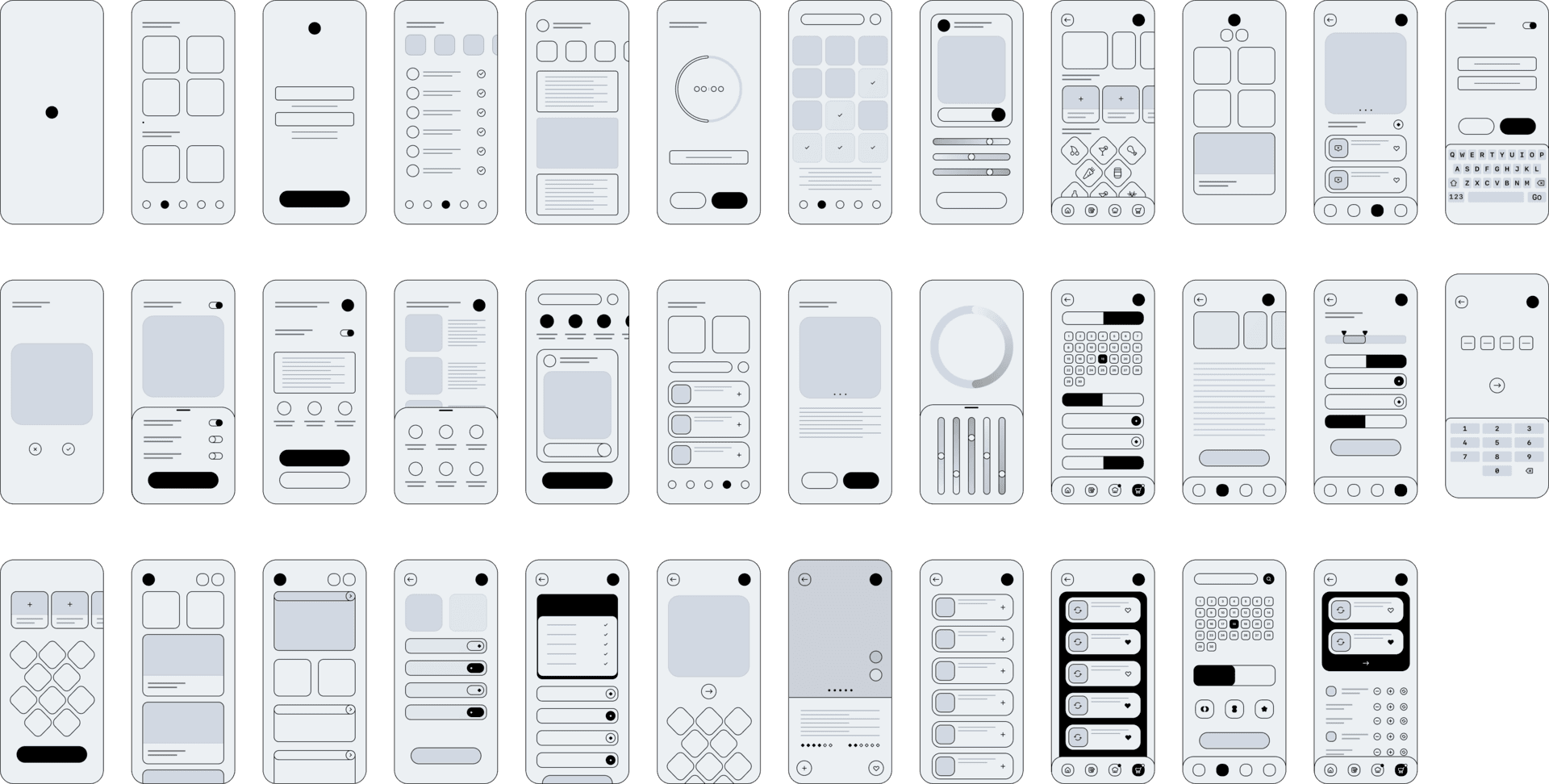Think It. Test It. Then Build It.
Client
categories
Opinion
11 Jul 2025

Why rapid prototyping is the smartest move you’ll make this year, especially before you build big
Why It’s Risky to Build Before You Know
Traditional product development often involves lengthy cycles with significant investments. The last thing you want is to discover post-launch that the product doesn't meet user needs. Rapid prototyping flips this model by introducing early-stage, low-fidelity versions of a product to test concepts and functionalities. This iterative process allows teams to identify flaws, gather feedback, and make informed decisions, leading to products that truly address user problems.
In today's fast-paced tech landscape, launching a product without validation is a gamble. Too many companies burn time and budget developing features users don’t want or, worse, can’t use. Many young startups cannot decide between starting with a POC, a prototype, or an MVP.
For us, those definitions mean:
Proof of Concept (PoC) test the core technical feasibility of the concept or idea. Can it be done?
A prototype explores how it should feel and function. How should it be done?
MVP (Minimal Viable Product) delivers just enough to launch and learn. Will it give value?
What Is Rapid Prototyping and Why Now?
Our rapid prototyping flips the scripts and pushes a little on all three. It offers a strategic approach to testing ideas, gathering user feedback, and refining solutions before full-scale development. This method not only saves time and resources but also ensures your product resonates with its intended audience. Choosing rapid prototyping over building the product immediately is a fiscally responsible decision, one that helps avoid expensive missteps and unvalidated assumptions.
In the current tech landscape, speed and certainty aren’t luxuries; they’re competitive advantages. Whether you're designing a new app, onboarding flow, or loyalty mechanism, rapid prototyping helps answer one vital question: Are we building the right thing?
Rapid prototyping is a core practice within human-centred design, it puts real users at the heart of the process. By testing assumptions early and often, teams build empathy, surface unmet needs, and design with clarity and purpose. It’s not just faster, it’s smarter, more user-aligned product thinking. Done well, it de-risks investment, speeds up alignment, and ensures your final product actually solves a real user need.
Why It Works
Cost Efficiency: Detecting issues early reduces the need for expensive post-launch fixes.
User-Centric Design: Continuous feedback ensures the product aligns with user needs and preferences.
Faster Time-to-Market: Streamlined development cycles mean quicker launches and the ability to capitalise on market opportunities.
Stakeholder Alignment: Visual prototypes facilitate clearer communication among team members, ensuring everyone is on the same page.
Real-World Impact: The Fanalysis Case Study
When a well-known British comedian Michael McIntyre had the idea for Fanalysis, a football fan app blending real-time updates, predictions, and friendly banter, his team turned to rapid prototyping to bring the concept to life.
Despite the founder’s public profile, the app would require major infrastructure to support real-time scores, community chat, and scalable traffic. So instead of jumping straight into development, MPF worked closely with the team to create a high-fidelity prototype in just two weeks.
The prototype helped clarify technical requirements, validate market appeal, and support funding efforts without writing a single line of backend code. It captured core features, tested key assumptions, and provided a polished vision to excite stakeholders, gauge user interest, and confidently shape the path forward.
For ambitious ideas like Fanalysis, rapid prototyping isn’t just a time-saver; it’s the difference between a pitch that sparks curiosity and one that secures investment.
Rapid Prototyping Playbook: Prototype Smarter with MPF
Define the core problem: What are we solving, and who for?
Sketch quick solutions: Don’t aim for perfection, just fast and functional.
Assess technical feasibility: Before anything is built, we review the required architecture, data flows, and integrations to understand what’s technically possible and what it will take.
Build interactive prototypes: Using tools like Figma, we create user flows that simulate real interaction.
Test with real users: Interviews, A/B testing, and analytics tell us what resonates.
Refine or pivot: Based on data, not hunches, we evolve the prototype or kill weak ideas early.
Why It Pays Off
Whether you’re launching an MVP or refreshing an existing product, rapid prototyping offers
the insight you need to build smarter, not harder.
You don’t need to fully build a complex app to know if it’s worth it. A two-week design prototype like we did for Fanalysis can reveal the roadmap, user interest, and funding potential before you invest in full development and can save you six figures in missed opportunities.Want to explore how rapid validation could work for your next idea?
